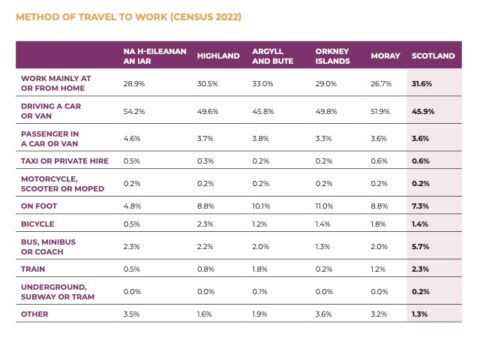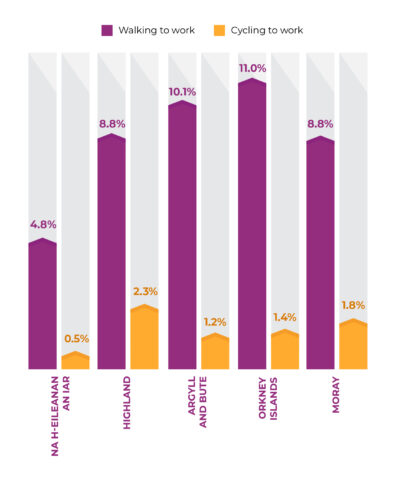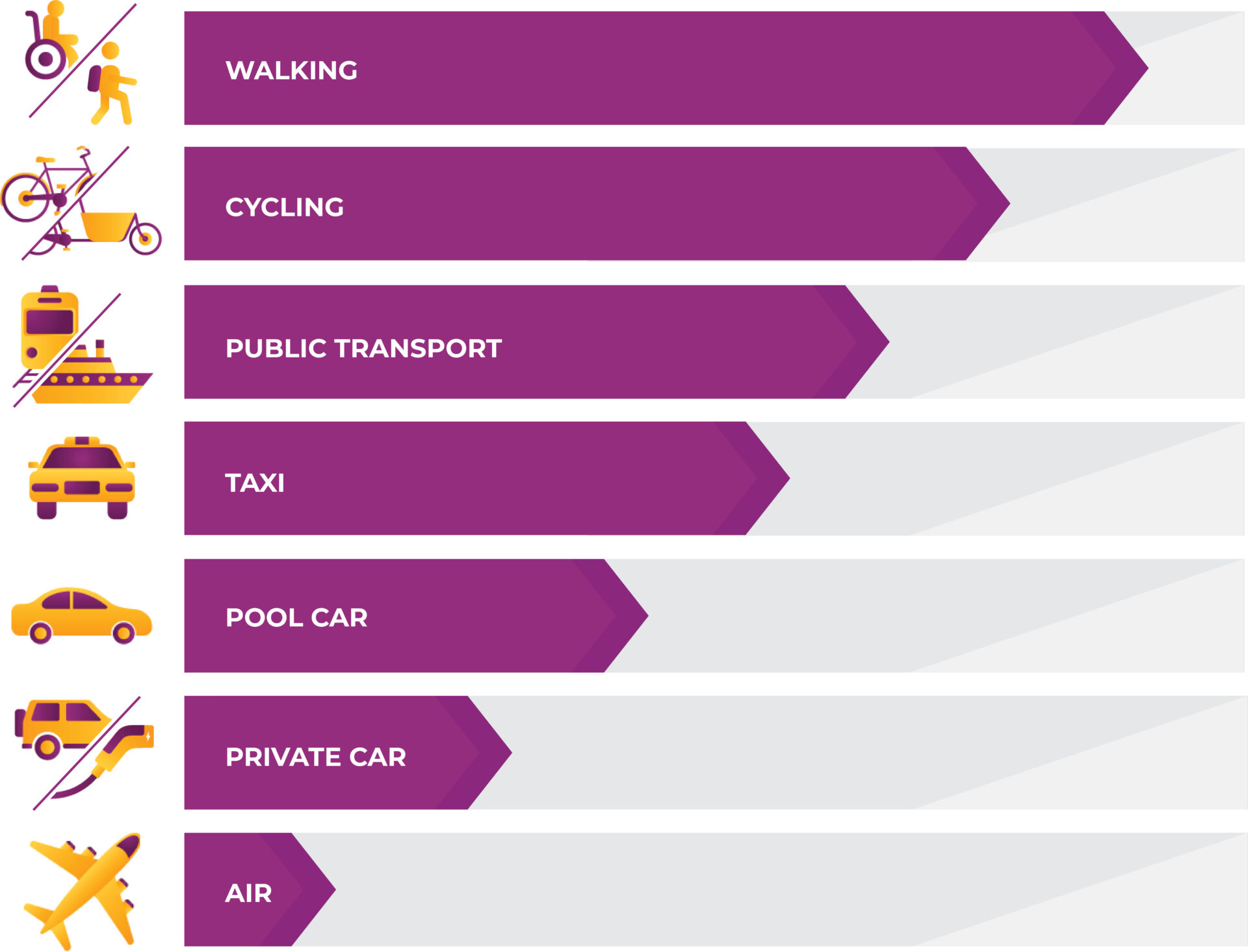Need for behaviour changes addressed in new strategy
A five-year plan aims to get more people walking, cycling, wheeling and using public transport by making active travel safer and more accessible.
The Behaviour Change Strategy has been developed to deliver Transport Scotland’s People and Place Programme with themes including active schools and workplaces, accessibility and inclusion, capacity and capability and sustainable transport.
It seeks to increase the number of people walking, cycling or wheeling for short journeys, or taking on multi-modal journeys – eg walking to the bus stop or cycling to the train station.
In addition, it wants to see a rise in people opting to take public transport for longer journeys.
The last Census in 2022 showed across Scotland 45.9% of people took a car or van to work.
In the HITRANS area the figures are generally higher – 54.2% (Western Isles), 49.6% (Highland), 45.8% (Argyll and Bute), 49.8% (Orkney) and 51.9% (Moray).
At the same time, 5.7% of people across Scotland took a bus to work, compared to 2.3% in the Western Isles, 2.2% in Highland, 2% in Argyll and Bute and Moray and 1.3% in Orkney.

Numbers walking to work were 4.8% (Western Isles), 8.8% (Highland), 10.1% (Argyll and Bute), 11% (Orkney) and 8.8% (Moray), compared to the Scottish average of 7.3%.
And those cycling were 0.5% (Western Isles), 2.3% (Highland), 1.2% (Argyll and Bute), 1.4% (Orkney) and 1.8% (Moray), compared to 1.4% across Scotland.

The report highlights safety issues being major barriers preventing more people from walking, wheeling and cycling to services, particularly in rural areas, due to a lack of footways and cycleways.
It will support partners, including councils, employers and the NHS to link walking, wheeling, cycling and sustainable transport to make it easier to travel to school, college, leisure and work.
Areas for action include infrastructure and safety improvements, looking at ways to integrate walking, wheeling and cycling with public transport, improving vehicle driver behaviour and creating a network of Quiet Routes.
Target audiences include nursery and school-age pupils, and working age-adults in workplaces, colleges and universities.
Under-represented and minority groups, who face the greatest barriers to active travel, will be involved to ensure behaviour changes activities are inclusive.
Tourists will also be encouraged to use active travel and public transport rather than private cars to explore the area.
HITRANS will share an annual delivery plan with partners based on its allocation of funding.
It will also produce an annual report on the strategy’s progress. Read more here.
